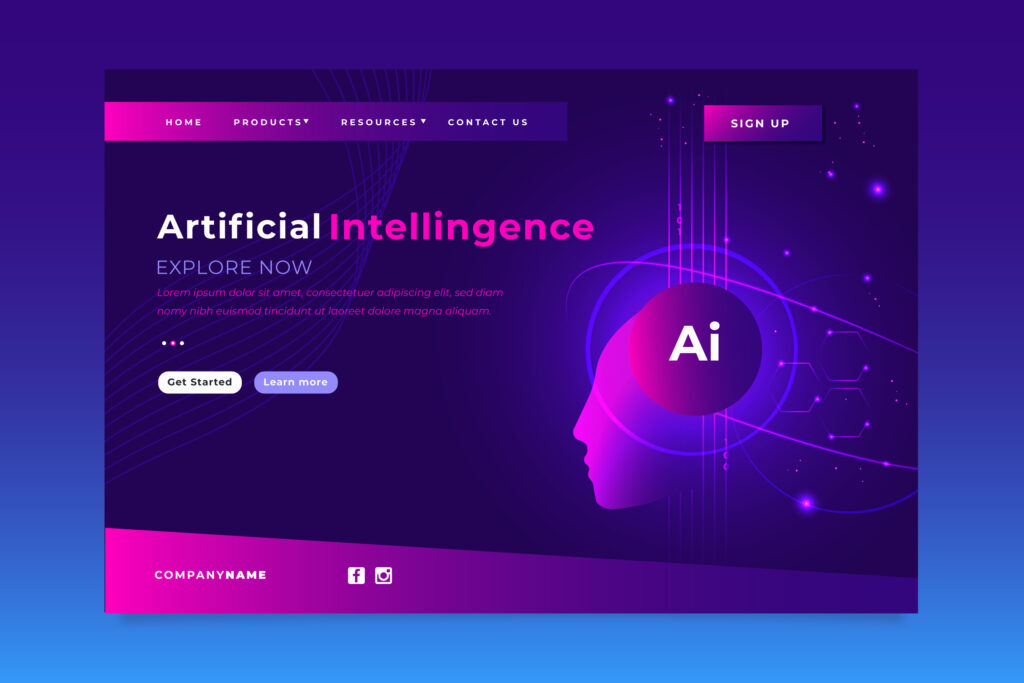While AI is actively opposed by the artist community it might not be all bad. It could help the Artist in ways which makes creating art more sustainable also. AI’s integration into design workflows is redefining efficiency and creativity in ways never seen before.
Repetitive tasks like colour matching, layout adjustments and image resizing can be streamlined with the help of these tools. By ensuring accuracy, this automation frees up designers to concentrate their creativity in more meaningful areas. AI makes it simpler to keep design elements consistent, resulting in a cohesive look that strengthens brand identity.
AI algorithms can generate a variety of design variations from a single set of parameters.
AI platforms like DALL-E and DeepArt are creating unique artworks, challenging human creativity and encouraging designers to explore uncharted territories. Even though AI can only create art from previous works it can be used to show artists examples for any sort of idea they have. AI can act as a brainstorming partner, suggesting fresh ideas and unexpected solutions, expanding the creative landscape.
AI is not only reshaping the creation of designs but also changing how users interact with them. AI’s ability to tailor content to individual preferences enhances user engagement and satisfaction, creating a more personal connection.
AI adapts user interfaces in real time based on behaviour, ensuring a seamless and intuitive user experience. AI also allows for natural interaction using voice and gestures, making technology more accessible and intuitive. These advancements promote inclusivity, including for people with disabilities. The incorporation of AI into design is not without its difficulties and ethical quandaries. AI algorithms can unintentionally perpetuate biases found in training data. Designers must work to reduce these biases and ensure fairness and equity. Maintaining transparency in AI-driven designs is critical for increasing user trust and accountability.
There’s also concern that AI-generated designs might lack the authenticity and emotional depth of human-created ones. The biggest challenge in AI artwork is the intellectual property issues. The question of who owns the rights to AI-generated designs remains unclear, necessitating improved regulations and guidelines to navigate this new territory.
AI will play a critical role in creating immersive AR and VR experiences transforming how people interact with digital environments. AI-powered virtual prototyping will accelerate the design process allowing for quick iteration and improvement. Emotionally intelligent AI systems that understand and respond to human emotions will enable the creation of designs that resonate deeply on an emotional level. AI can provide real-time emotional feedback guiding designers to create better designs.
Future AI-driven design systems will integrate with other tools, creating a more efficient workflow. These systems will continually learn from user interactions, becoming progressively smarter and more adept. AI will become an ever more integral part of the design process, transforming how designers work and how users experience their creations. Embracing AI, while remaining mindful of its challenges, allows designers to harness its full potential, creating designs that are efficient, effective and profoundly human-centred.








